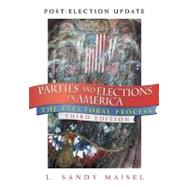The book combines the perspective of political science and the latest research with an outlook from the real world of politics. Each chapter opens with a contemporary campaign vignette, concludes with "A Politician's View", and incorporates many examples of practitioner politics in between.








